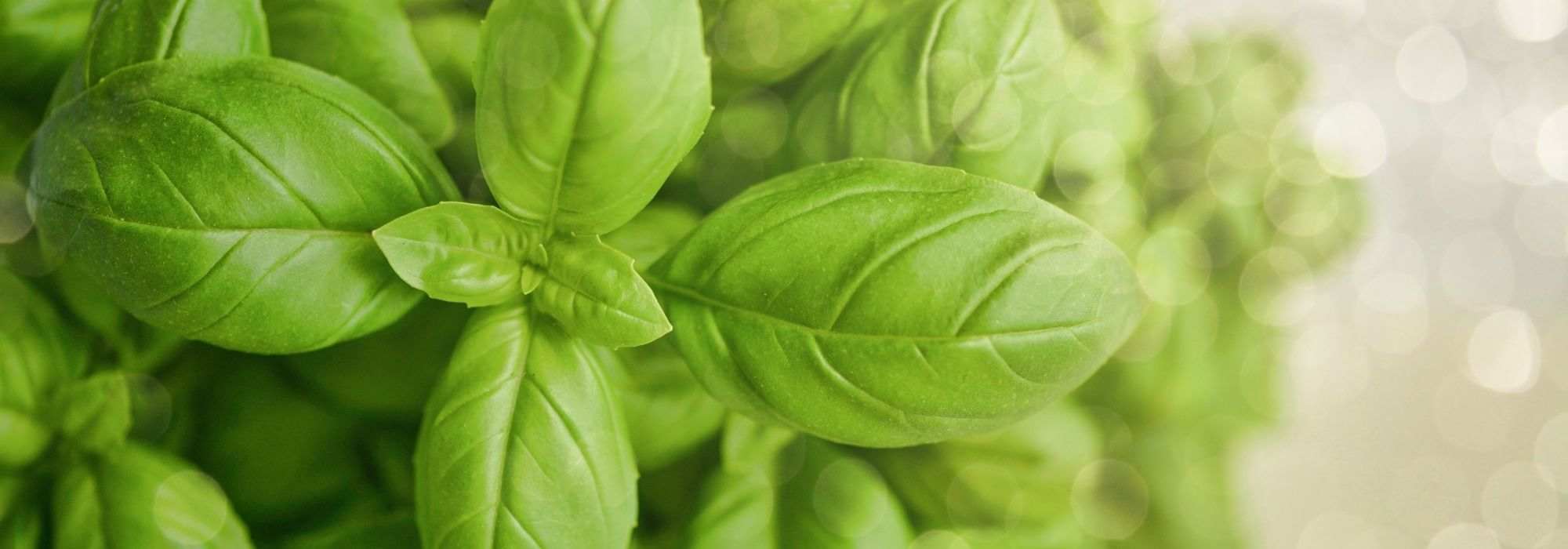
Choosing basil: our buyer's guide
Different basil varieties and their characteristics to help you choose
Contents
Key ingredient of pesto, essential herb of Italian and Mediterranean cuisine, basil comes in several dozen varieties.
Although the classic basils ‘Grand Vert’ and ‘Genovese’ are best known, other varieties exist, sometimes little-known, that nevertheless deserve to be discovered: ornamental varieties with coloured foliage or remarkable flowering, basil with large or small leaves, with different aromas, with a compact habit ideal for growing in pots…
So here are our tips to find the ideal basil variety, from the most traditional to the most original.
By foliage
Large-leaved basils
Some basil varieties offer particularly large leaves, with which we can, for example, prepare lovely salads :
- Sweet basil, one of the most classic varieties, with large smooth, glossy leaves, blistered in shape
- basil ‘Genovese’ offering large broad leaves, crinkled and very glossy
- basil ‘Feuille de laitue’ bearing very large leaves, slightly ruffled, reaching 5 to 10 cm in diameter
- the highly productive giant basil ‘Mammoth basil’, undisputed champion, which leaves can reach the size of a hand
Small-leaved basils
On the side of smaller foliage, but just as aromatic, note :
- Bush basil and its small ovate, thin, smooth leaves, curved upwards
- basil ‘Balconstar’, whose rounded habit is made up of tiny leaves
- Lemon basil and its small pointed leaves
- Greek basil, offering small ovate leaves
Basils with coloured foliage
Foliage colours of basils range from light green with almost yellow tones (basil ‘Citron’) to deep purplish-red tending towards black (basil ‘Dark Opal’).
Among the most original decorative colours :
- the Purple basil, with large leaves of a deep purple
- basil ‘Violet’, with intensely coloured leaves
- ‘Purple Ruffles’ basil, with large purplish blistered leaves that are very dentate
- ‘Osmin Red’ basil, with small purplish ovate leaves, slightly dentate
- ‘Crimson King’ basil, another purple variety with large smooth blistered leaves
- basil ‘Aromatto’, with attractive variegated green and purple foliage

Basil ‘Grand vert’, basil ‘Fin vert’ and basil ‘Pourpre’.
Read also
Basil: sowing, planting, growingDepending on its aroma and culinary use
Basil is used in many recipes: in salads with tomatoes, on pizzas and pasta, in marinades, to enhance fish dishes, in Mediterranean or Asian cuisine… It is an essential herb, whose flavours declinate according to the varieties.
The best basil varieties for pesto and pistou
Two varieties of basil with pronounced aromas are essential for these recipes: basil ‘Genovese’ and Marseille basil.
Italian pesto, or pesto alla genovese, originates from Genoa. It is therefore traditionally made with the ‘Genovese’ variety with its intense aroma, combined with olive oil, parmesan or pecorino, garlic and pine nuts.
In Provençal cuisine, it isMarseille basil, a traditional Provencal variety, that is used. Its leaves have a very strong scent, ideal for making pistou, whose recipe derived from Italian pesto does not systematically include cheese and pine nuts.
Basil ‘Grand Vert’, which gives off a scent combining anise, clove and nutmeg, is also very common in Mediterranean cuisine.
Basil varieties with exotic flavours
For new flavours in cooking, do not hesitate to turn to the many basil varieties with original and surprising aromas.
Most of these varieties are named after their characteristic flavour: basil ‘Citron’ (widely used to enhance fish dishes, in infusions, or even in cocktails), ‘Anis’ basil, Cinnamon basil (with a strong spicy aroma, perfect in herbal teas or desserts), basil ‘Menthe’, basil ‘Réglisse’, Thyme basil…
Purple basil, besides its colour which helps brighten dishes, is used for its piquant peppery aroma, which can recall ginger.
In Asian cuisine, it is the variety Thai’ basil or ‘Indonesian’ that is particularly prized for its lemony and spicy aroma, revealing notes of cinnamon, anise or tarragon. The Lime basil is also very common there.
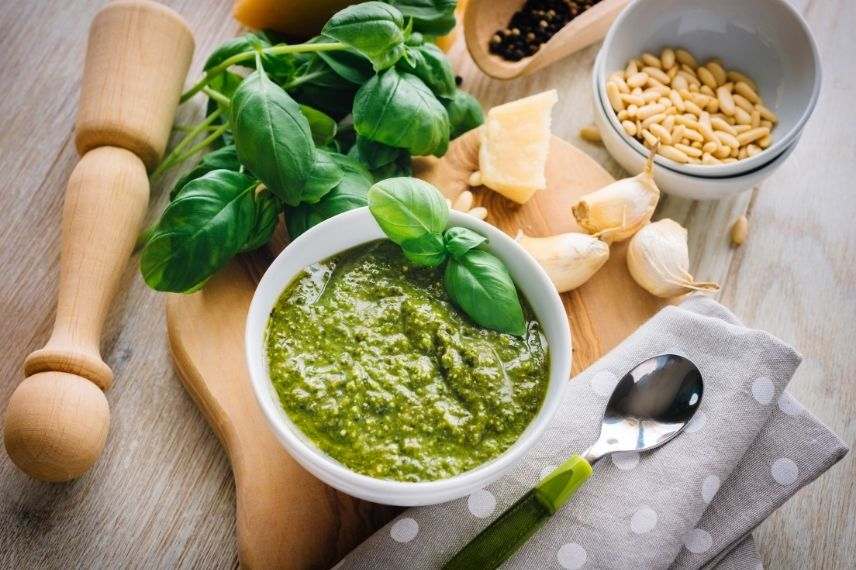
Discover other Basil
View all →Available in 1 sizes
Available in 1 sizes
Available in 1 sizes
Available in 1 sizes
Available in 1 sizes
Available in 1 sizes
Available in 1 sizes
Available in 1 sizes
Available in 1 sizes
Available in 1 sizes
For its ornamental flowering
While some basil varieties offer very decorative coloured foliage, others have an equally attractive decorative flowering.
This is the case, for example, with basil ‘Tauris’, whose red stems are adorned with bluish flowers, the Thai basil ‘Queen of Thailand’ with beautiful purple flowers, as well as ‘Cinnamon’ and ‘Anise’ basils with violet flowers.
Basil ‘Purple’ offers pretty pale-pink flowers, in contrast with its purplish stems and foliage.
Variety ‘Dark Opale’, with dark almost black foliage, is adorned in summer with small mauve flowers.
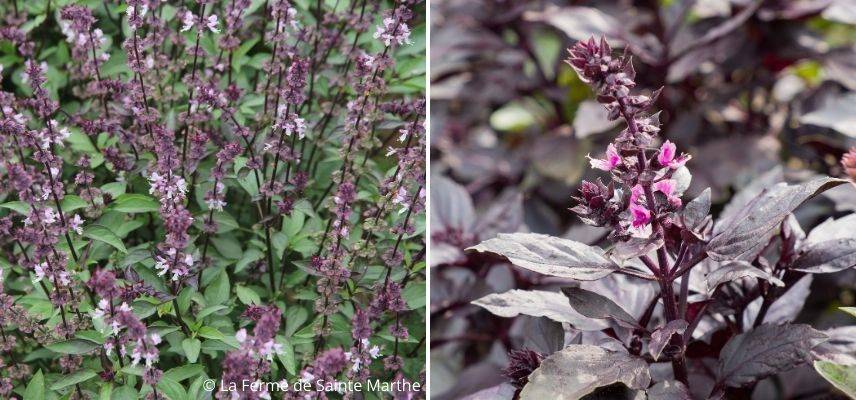
Thai basil and Purple basil.
Read also
7 essential aromatic plantsDepending on its silhouette
Most basil varieties reach between 30 and 50 cm in height. Some have a compact habit perfect for growing in pots. This is the case with variety ‘Fin Vert dwarf compact’ (50 cm in height at ripeness for 15 cm spread), which resembles a true small round bush.
Varieties ‘Purple’, ‘Anise’, ‘Lemon’, ‘Aristotle’, ‘Cinnamon’ or even Greek basil (30 cm in height and spread at ripeness) also form mini shrubs with a regular, dense habit, well suited to growing in pots or for small spaces.
Opt for perennial basil
Majority of basil varieties are annual plants, tender, that do not tolerate frost. However, there are a few rare perennial basil varieties, hardy down to -5°C :
- variety ‘Magic Mountain’ or Kenyan basil, is a perennial basil offering large green leaves with contrasting purple veins
- perennial ‘Russian’ perennial basil, whose more substantial habit reaches between 70 cm and 1 m in height; its leaves have a different fragrance to other basils, rather peppery, mentholated, even camphoraceous
- aniseed perennial basil , small shrub (90 cm high by 40 cm spread), whose leaves give off, as name suggests, an aniseed scent
Still fragile, these basils should only be grown in open ground in warm Mediterranean or oceanic regions. Elsewhere, they should be grown in pots and brought indoors for winter.
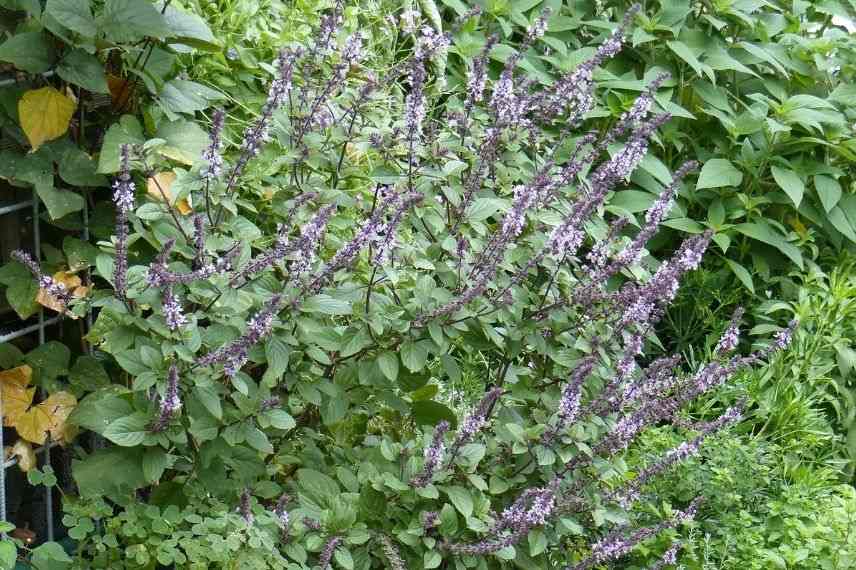
Perennial basil ‘Magic Mountain’
- Subscribe!
- Contents
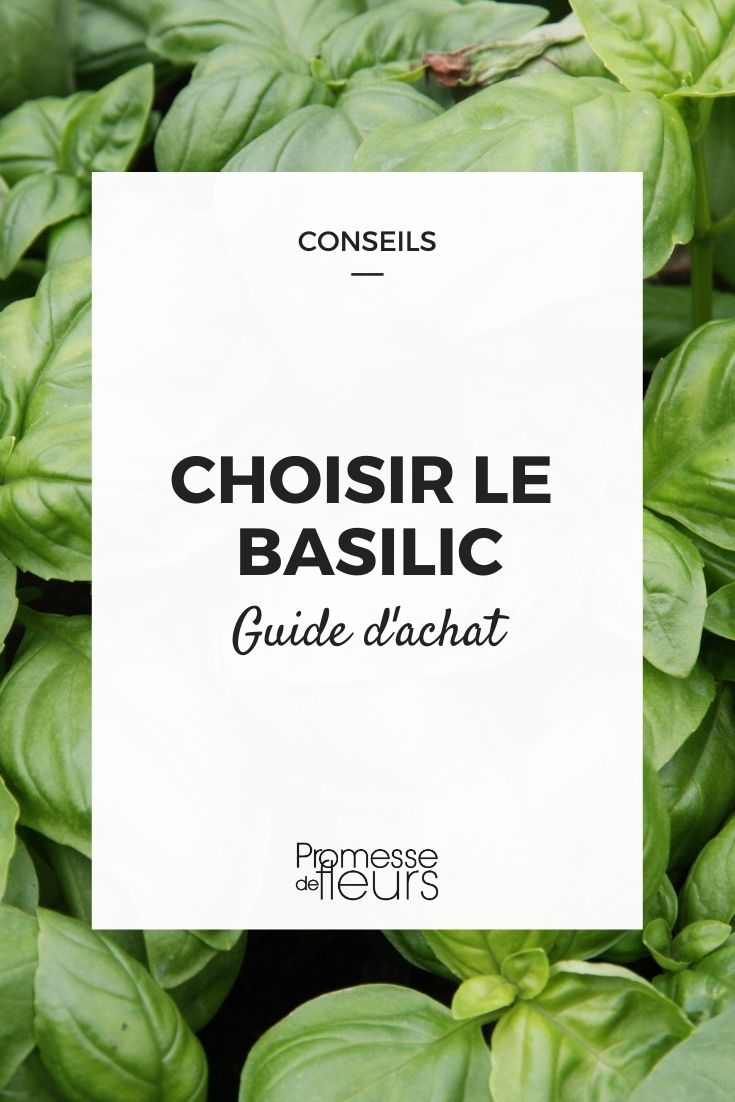






























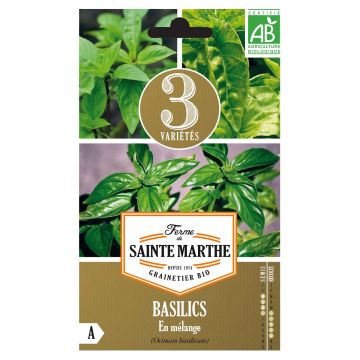
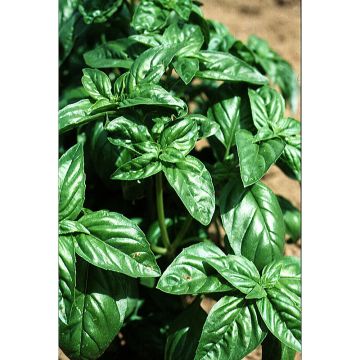
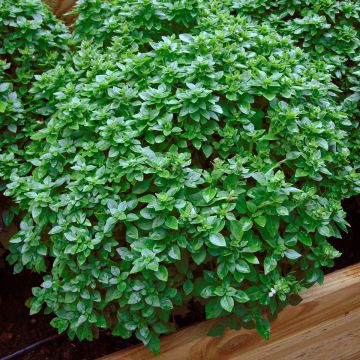
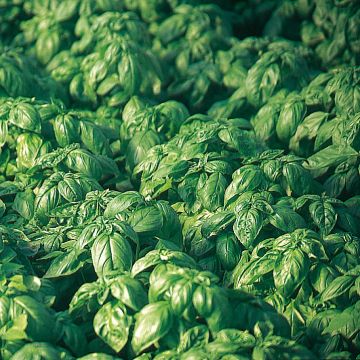
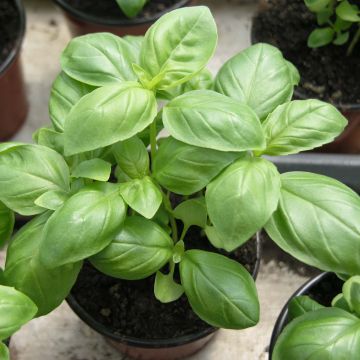

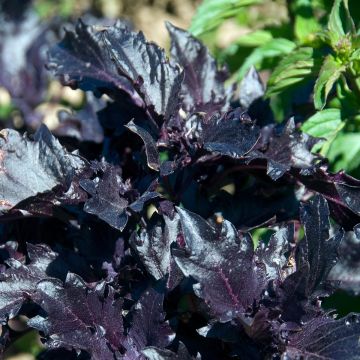
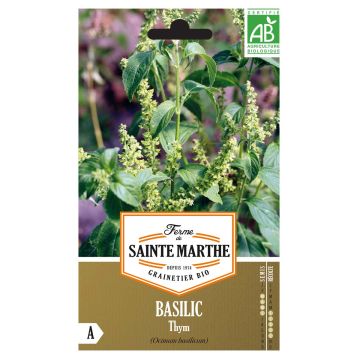
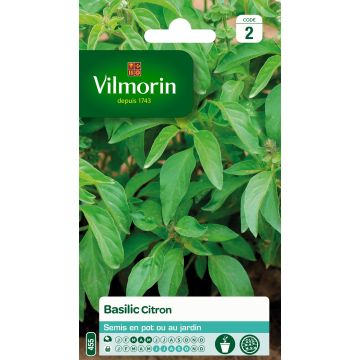
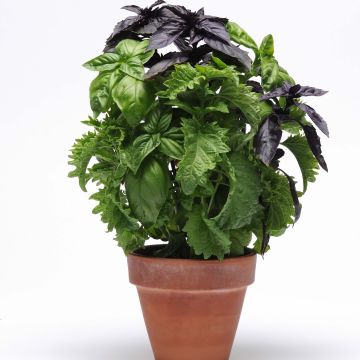
Comments